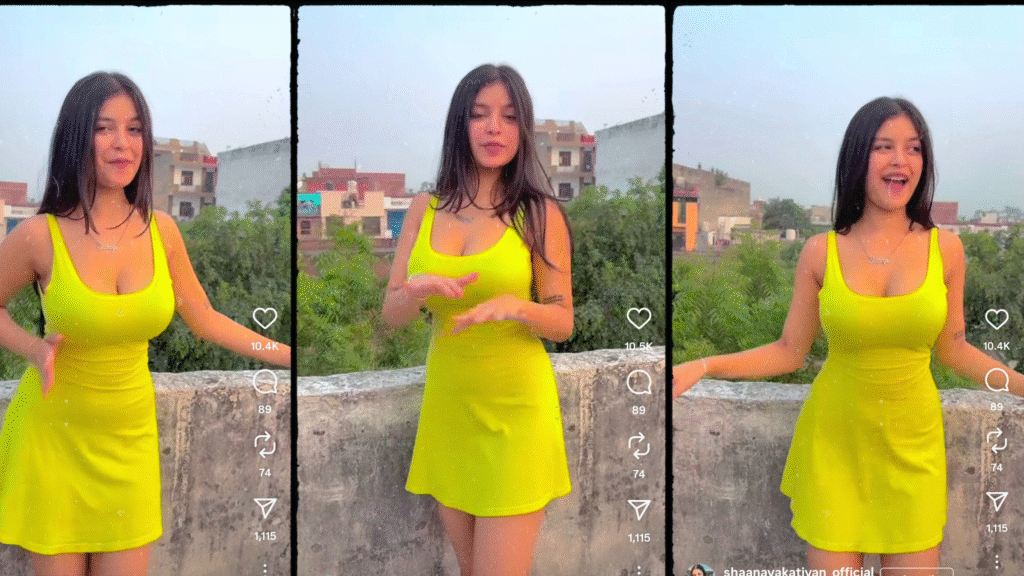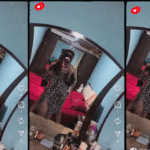The Cartographer’s Echo Shreya Saxena was defined by precision. A digital cartographer for the city’s heritage department inLucknow, she spent her days stitching together satellite imagery, decades-old land records, and dronescans, creating a seamless, interactive model of the ancient metropolis. Her work was quiet, meticulous,and, until recently, utterly devoid of surprise. Shreya believed that every measurable boundary, everyhistorical landmark, and every forgotten alley had already been recorded.

Her current project involved digitizing fragile, colonial-era municipal maps. One damp afternoon, whilezooming into a particularly faded parchment detailing the 1880s drainage system, she found it: a small,almost invisible symbol nestled into the margin where the map unexpectedly terminated. It wasn’t asurveyor’s mark, nor a known cartographical seal. It was an intricate, geometric pattern that defiedexplanation, labeled simply, in elegant script: The Echo.
Shreya, with her inherent distaste for the unclassified, dedicated her next two weeks to cross-referencing this anomaly. Using her access to obscure geological surveys and old property deeds, shebegan tracing the symbol’s suggested coordinates. The results were startling.
The coordinates didn’t point to a single location, but to the precise geographical intersection point ofthree long-abandoned, privately owned well shafts scattered across the oldest parts of the city. Onmodern maps, these spots were unremarkable: a parking lot, a forgotten municipal storeroom, and theovergrown back garden of her own ancestral home, the Kothi of the Saxena family.
Shreya felt a thrill—not the adrenaline of danger, but the quiet satisfaction of a solved equation. Thiswasn’t a historical oddity; it was a key.
She started with the Kothi’s garden, a place she had known intimately since childhood. The well inquestion had been capped with concrete decades ago, yet the coordinates of The Echo placed thecenter point exactly two feet west of the wall supporting the old rose trellis.Feeling like a trespasser in her own history, Shreya retrieved the large, leather-bound diary of her great-great-grandfather, a man known only as ‘The Surveyor’—a man whose quiet passion for geometry andthe land was legendary. The diary was filled with complex calculus, astronomical notes, and crypticpoetry. On the last page, she found a rough sketch of The Echo symbol, next to a single sentence:”Guard the silence, for the gold is not in the ground, but in the knowing.”

That night, armed with a shovel, Shreya carefully began to excavate the spot behind the rose trellis. Theearth gave way easily at first, but soon her shovel scraped something hard. It was not the well’s concretecap, but a massive, smooth slab of black basalt, perfectly cut into a circle.
Dusting the surface, Shreya saw it: etched into the center of the basalt, identical to the drawing on themap and in the diary, was the symbol of The Echo.
A deep, unsettling certainty settled over her. This was not a treasure vault, nor a crypt. This wassomething else. Following an instinct, she found a small, almost invisible depression on the stone’s edge.She pressed the tip of an old, ornamental brass key she had found tucked inside the Surveyor’s diaryinto the depression. There was a low, mechanical click.
The circular capstone, weighing hundreds of pounds, shifted slightly, grating against the surroundingstone. With a final heave, Shreya pushed it aside, revealing a shaft descending into the earth.
The air rising from the depths was cool, earthy, and carried the distinct, clean smell of ancientgroundwater. She descended using a rope and a powerful flashlight, eventually landing on the floor of asmall, dry, subterranean chamber, no bigger than a closet.

The room held nothing of monetary value. No jewels, no gold, no scrolls. Instead, resting on a pedestalcarved from the living rock, was a single object: a complex bronze astrolabe, its surface covered in thegeometric etchings of The Echo and countless other symbols related to pressure, elevation, and flow.
Shreya reached out and touched the cold metal. The moment her fingers connected, she felt a profoundsurge, not of power, but of understanding. She saw, in her mind’s eye, not visions of the past, but theblueprints of the city’s foundation: the intricate, forgotten network of aquifers, subterranean channels,and natural pressure points that her ancestors, the original settlers, had engineered to ensure the city’slifeblood.The ‘Vault of Whispers’ was not about secrets; it was about the hydrological master plan.
The Saxenafamily weren’t guardians of gold; they were the custodians of the city’s unseen architecture. The silencethey guarded was the quiet, constant flow of water that sustained millions above.Tears welled in Shreya’s eyes, a strange mix of awe and relief. She had spent her life mapping thesurface, only to discover the most crucial map was hidden beneath her feet.
Emerging from the earth, Shreya did not replace the capstone. She began documenting. Her project wasno longer about digitizing records; it was about rediscovering a foundation. She realized her truepurpose as a cartographer: not just to map what is, but to reveal the vital, enduring infrastructure ofwhat was.
And so, Shreya Saxena, the meticulous cartographer, finally earned her legendary moniker. In the quiethalls of the heritage department, they whispered of her discovery and of her dedication to theunderground rivers. They called her: “The Cartographer’s Echo,” the woman who brought thefoundational whisper of the old city back to life.









